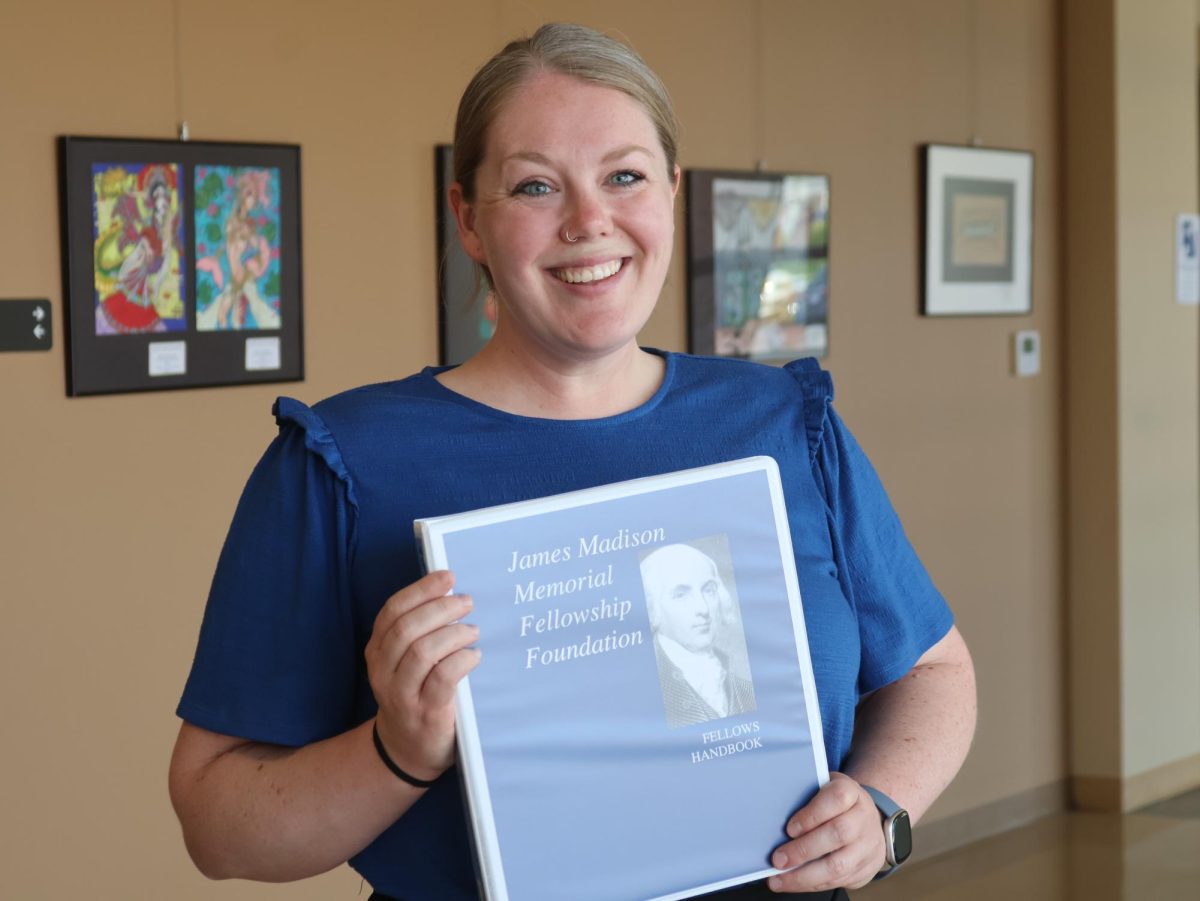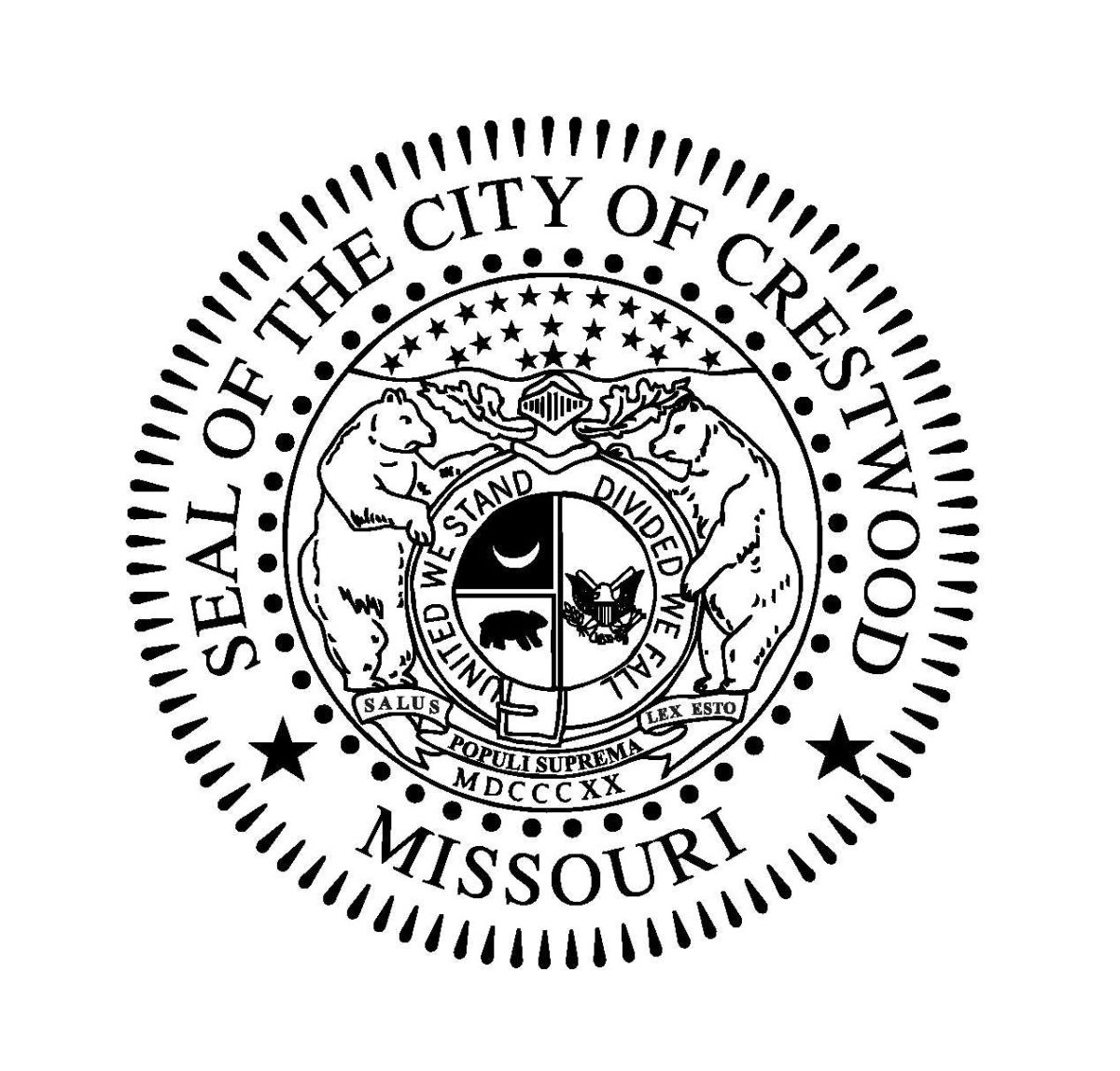Approval of Proposition R 2008 would greatly enhance the neighborhood school model that the Lindbergh School District already has in place, according to Superintendent Jim Simpson.
District voters next Tuesday will consider a $31 million bond issue designed to provide a long-term solution to space concerns at Sperreng Middle School. The Board of Education voted unanimously in August to place Proposition R 2008 on the Nov. 4 ballot.
A four-sevenths majority will be required to approve the measure, which would not increase Lindbergh’s debt-service tax rate, but extend the current rate of 38 cents per $100 of assessed valuation an additional five years.
While Sperreng would remain a sixth- through eighth-grade middle school, funds from Proposition R would be used to convert Truman Elementary School to a sixth- through eighth-grade middle school, add onto Crestwood and Long elementary schools, convert Concord School to an elementary school and either construct or buy a new building to relocate the district’s early childhood education, or ECE, program from Concord School. The estimated cost, including projects identified as critical by district officials and proposed security projects, totals nearly $31 million.
Besides easing space concerns at Sperreng, approval of Proposition R would greatly enhance Lindbergh’s already existing neighborhood school model, Simpson told the Call during a recent interview.
“… If you want to know the strongest school model that you can possibly have, it is the neighborhood school model… I think Lindbergh very well fits the neighborhood school model,” he said. “We are a community of homes and certainly we have neighborhood schools now, but Prop R ’08 enhances that. So really, it takes the neighborhood school model in an enhanced fashion and, of course, it’s most easily seen with Truman (Elementary) becoming a middle school. Obviously, there’s people who live in the Truman area with middle-school-age students that are driving to the Sperreng area. And if you think about it, it’s outside their neighborhood, isn’t it?
“No doubt about it. They’re having to drive across the district to get their child to school. Well now, with Truman becoming a middle school, that will anchor that half of the district so everybody on that half of the district — everybody on the north half of the district is really going to have a middle school of their own. They won’t be driving across town. They’ll be taking half the drive. And so that certainly becomes more of an iconic home school for middle schools. It will increase parent support. Parents love to have home-based schools. They love to have neighborhood schools. They feel comfortable walking into them. They have years to get used to everybody. It becomes an extended family,” Simpson said.
“So Truman definitely puts the district into a new level of neighborhood schools with our middle program now having two middle schools …,” he said, adding that those middle schools would fall into the ideal size as recommended by educational experts and research — 600 to 800 pupils.
“And that’s exactly our numbers. Our numbers come into that area there,” Simpson said. “So not only do you get neighborhood middle schools, you get middle schools that are the proper enrollment that you can do all the things that you need to make students feel comfortable there … and family interaction and involvement’s increased. And so we get all of that and the neighborhood model is enhanced.”
The addition of a second middle school also enhances the neighborhood school model for all of the district’s elementary schools, he said.
“… Well, Truman’s a big building — 800-plus elementary students. They’re taking some of Crestwood’s students. They’re taking some of Long’s students. In other words, we’re shifting our sending zones to fill up Truman and we’re taking Truman’s sending zone and making it huge. So it goes way down all the way toward the Fenton area and so you’re losing the neighborhood concept there because that’s way bigger than any defined neighborhood,” Simpson said.
“But when you take 150 students and put them at Crestwood with an addition to the building to accommodate them and 150 at Long with an addition to the building to accommodate them, all of a sudden those students aren’t traveling. They’re not leaving their neighborhood …,” he continued. “And they say: Well, there’s 800 at Truman. You just talked about 150 and 150. That’s 300. You got 500 left. Where are they?
“Well, they’re at Concord and that becomes a new elementary — a new neighborhood elementary closest to its neighborhood so the Fenton people are going to the Concord school and the people around Sperreng are coming to Concord. And so that becomes a new iconic home-base school for parents to be involved, to interact and to have many years of getting quality education and feeling very comfortable …”
Currently more than 1,300 sixth-, seventh- and eighth-graders are jammed into Sperreng, a middle school that was designed to accommodate 800 pupils when it opened in 1970.
To provide immediate relief for the overcrowding at Sperreng, the Board of Education is leasing a modular building that will house six classrooms.
The process leading up to placing Proposition R on the ballot was a long one, dating back to more than a year ago.
The Board of Education voted unanimously in October 2007 to establish a Demographic Task Force comprised of parents, residents and staff members to recommend long-term options to address space concerns at Sperreng.
After weighing numerous proposals and conducting two public forums, the task force then formulated six options, which school-board members later whittled down to three choices.
After further discussion, the school board decided to solicit more community input through a telephone survey and with Proposition R, the Board of Education selected the option that was identified as the clear favorite in the telephone survey.







